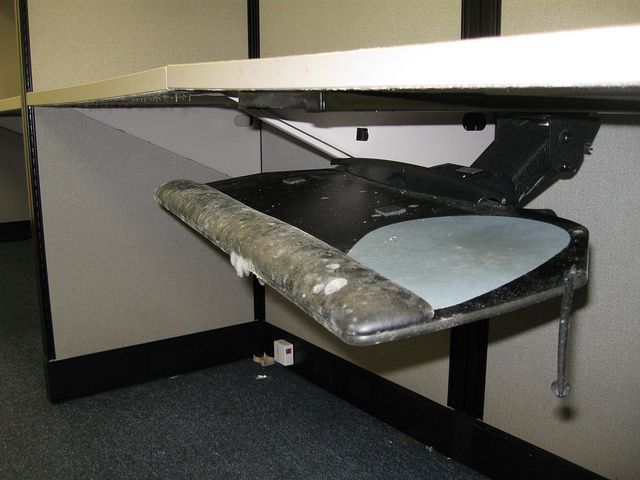
Aside from our homes, the workplace is the space where we spend most of our time. Therefore, ensuring our workplace is safe and not harmful to our health or well-being is as essential as looking after our own homes. In light of this, in this article, we will take a closer look at mold in the workplace and identify what you should do if you notice or suspect mold is infesting your place of work.
What is mold?
Mold is a type
of fungus that occurs in nature to recycle dead organic matter. While
mold definitely does a great job in the natural cycle of life, when
it comes to homes, workplaces, and indoor spaces, the occurrence of
mold isn’t such a good thing.
What does mold look like?
Mold
is usually black, blue, or green, though can be pink. Black mold,
also known as toxic mold, is considered to be the most dangerous and
can be identified by:
- Musty, “old” smell
- Increase in respiratory issues (such as asthma attacks)
- Skin rashes/irritation
- Poor concentration/feeling fatigued
- Discolored/damp walls
- Growths on the walls, floors, ceilings, around window frames, etc.
Your Employer’s
Responsibilities
While the laws regarding mold are lacking and
often legal grey areas, when it comes to work environments, your
employer is required to provide a safe and clean working environment.
As an employee, you have a federal right to demand and expect a safe
work environment.
How to Report Mold to your Boss
As
your employer is legally responsible for ensuring your health and
safety at work, it is highly likely that any issue you report will be
dealt with in a timely manner. However, sometimes it can be difficult
to bring up problems, especially if you are nervous or if you have a
boss that is always rushing around. Listed below are some steps you
can try to report mold in the workplace.
- Tell your Manager: Advise
your manager as soon as you notice the mold. You can report this
verbally, but you should also report this via email, as this gives
you a written record. In your email, tell your manager when you
first noticed the mold, where you found it, and report the size of
the mold bloom.
Include as much information as you can, such as information on the environment the mold was found, noting if there are signs of damp, excess moisture, or water damage. Other information could be signs of a potential mold breeding ground such as condensation, high humidity, leaking pipes, or structural damage. If a water event has happened recently, such as a leak or a burst pipe, you can also remind your manager of this. - Meet in Person: If a few days pass and your manager shows no sign of responding to your email, meet in person with them. Remind them you sent the email (they genuinely may have missed it) and give them another day or so to begin to take action.
- HR: If more time passes and nothing appears to be happening, then contact your human resources department or a similar higher-ranking official in your workplace.
- OSHA: If you are still getting no resolution to your complaint, you have the legal right to visit or contact your local OSHA (Occupational Safety and Health Administration) office. OSHA will be able to recommend next steps to you, or even begin their own investigations and demand letters mold remediation.






